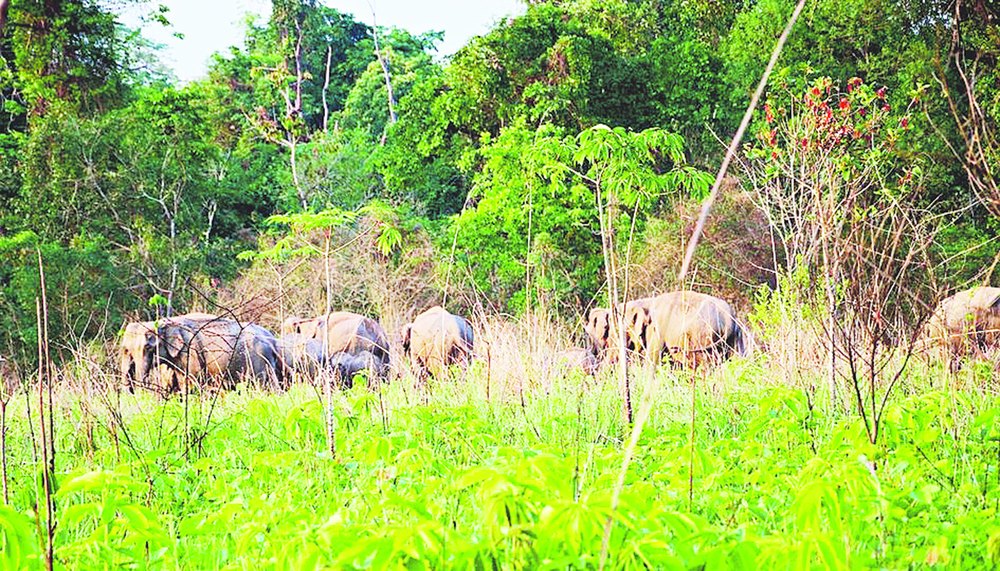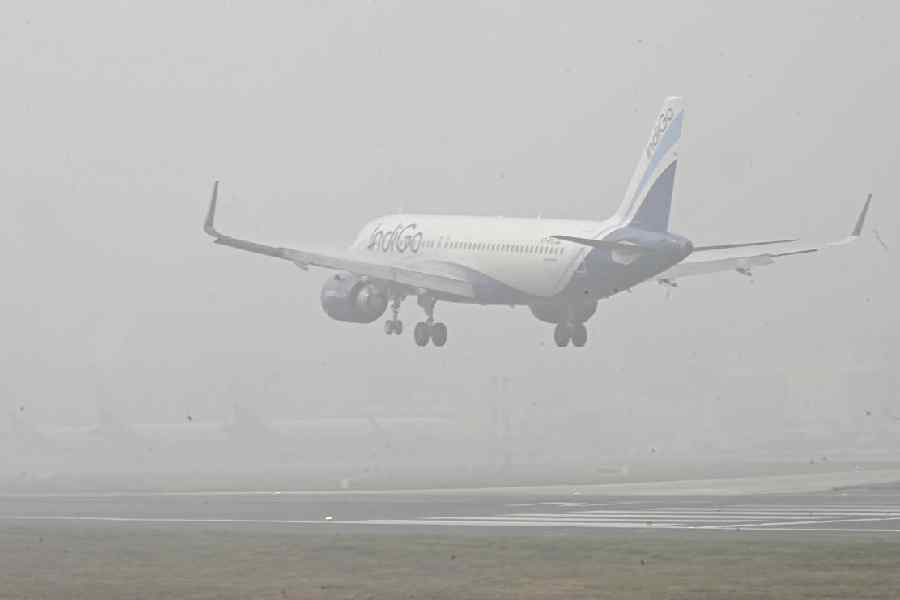
Guwahati, Sept. 2: The Sonai-Rupai wildlife sanctuary in Sonitpur district of central Assam can look forward to a better future after being declared a satellite core of Nameri tiger reserve as it can access better funding and can act as a stepping stone for the movement of tigers in this landscape.
"The status of a satellite core will give access to much needed support for the sanctuary at the state and national level," field director of Nameri tiger reserve and divisional forest officer (DFO) of western Assam wildlife division, Rajendra G. Garawad told The Telegraph.
The Assam forest department has notified the sanctuary as a satellite core after the national tiger conservation authority had said Nameri tiger reserve of Assam and Pakke tiger reserve of Arunachal Pradesh could be connected with the Sonai-Rupai wildlife sanctuary. Such connectivity would ensure movement of tigers from Assam and Arunachal Pradesh further east into Namdapha, Intaki and Myanmar.
Garawad said despite largescale destruction faced by the sanctuary in the past, approximately 120 square km of sanctuary's forest of 220 square km is intact and this habitat is capable of supporting diverse species of carnivores and herbivores.
"We will be adding three more camps to the sanctuary. The declaration as a satellite core has given us more hope and confidence and we will try our best to give it a big boost," Garawad added.
Owing to its strategic location the Sonai-Rupai wildlife sanctuary forms a crucial link between the Manas-Sonai Rupai-Nameri corridor. This complex is further linked with Kaziranga tiger reserve and beyond through the ravine corridors between Nameri-Pakke and Kaziranga.
"Further, as a satellite core, the sanctuary can act as a stepping stone for tigers movement in this landscape," the forest official said.
"We knew that the situation was bad but over the years, the protection status of the sanctuary has improved to some extent by establishment of anti-poaching camps at strategic locations and an intensive patrolling regime has been put in place. All these measures have ensured that the sanctuary is on the path to recovery and it can act as a potential habitat for tigers in this landscape," he added.
In case of Nameri tiger reserve, both buffers are already encroached and under varying degrees of degradation due to biotic interferences. "Addition of Sonai-Rupai wildlife sanctuary as a satellite core to NTR will extend the availability of quality habitat for spill over population of tigers," he said.
He said the addition of Sonai-Rupai as a satellite core will not increase the tiger habitat but will provide an opportunity for further development of the sanctuary by way of manpower augmentation and development of anti-poaching infrastructure.
He said results of opportunistic camera-trapping exercise reveal the faunal diversity of the sanctuary is very much similar to Nameri. Some of the species are Asian elephant, leopard, sambar, barking deer, hog deer, large civet, small civet, Himalayan crestless porcupine, wild boar.











